Astronomers Using Subaru Telescope Identified About 1800 Exploding Stars
Eddie Gonzales Jr. – MessageToEagle.com – Astronomers using the Subaru Telescope identified about 1800 new supernovae in the distant Universe, including 58 Type Ia supernovae over 8 billion light-years away.
These findings will help elucidate the expansion of the Universe.
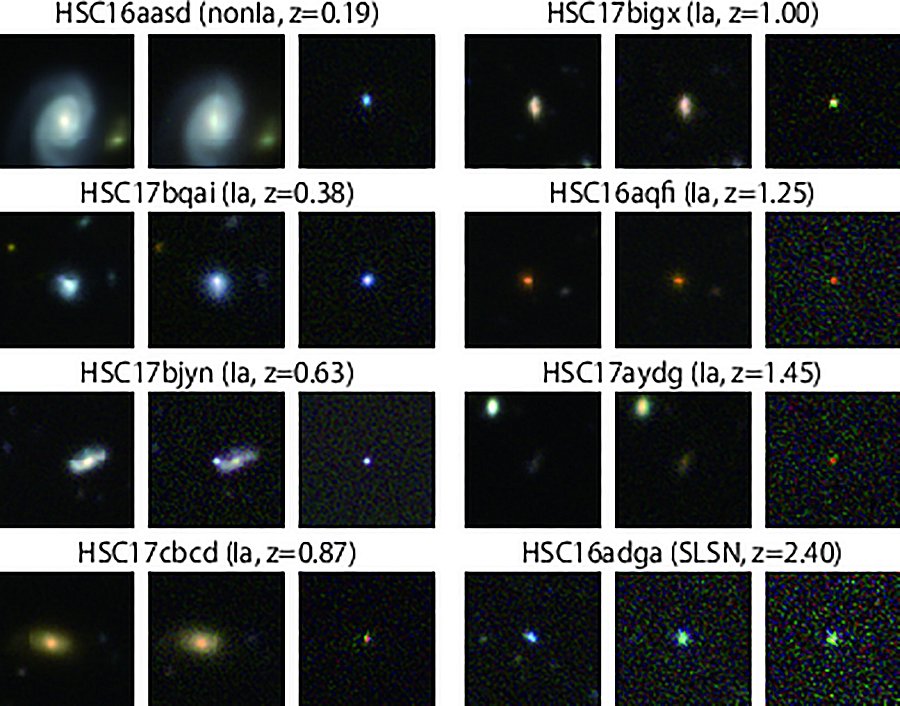 Some supernovae discovered in this study. There are three images for each supernova for before it exploded (left), after it exploded (middle), and supernovae itself (difference of the first two images). (Credit: N. Yasuda et al.) All images of supernovae discovered in this paper can be viewed here (Cooperated by Dr. Michitaro Koike of NAOJ).
Some supernovae discovered in this study. There are three images for each supernova for before it exploded (left), after it exploded (middle), and supernovae itself (difference of the first two images). (Credit: N. Yasuda et al.) All images of supernovae discovered in this paper can be viewed here (Cooperated by Dr. Michitaro Koike of NAOJ).
A supernova is the name given to an exploding star that has reached the end of its life. The star often becomes as bright as its host galaxy, shining one billion times brighter than the Sun for anytime between a month to six months before dimming down. Supernova classed as Type Ia are useful because their constant maximum brightness allows researchers to calculate how far the star is from Earth.
This is particularly useful for researchers who want to measure the expansion of the Universe.
Supernovae rare celestial events and only a few telescopes are capable to capturing sharp images of distant stars, and the Subaru Telescope is one of them.
By taking repeated images of the same area of night sky over a six month period, the researchers could identify new supernovae by looking for stars that suddenly appeared brighter before gradually fading out.
The team identified 5 super luminous supernovae, and about 400 Type Ia supernovae. Fifty-eight of these Type Ia supernovae were located more than 8 billion light years away from Earth. In comparison, it took researchers using the Hubble Space Telescope about 10 years to discover a total of 50 supernovae located more than 8 billion light years away from Earth.
“The Subaru Telescope and Hyper Suprime-Cam have already helped researchers create a 3D map of dark matter, and observation of primordial black holes, but now this result proves that this instrument has a very high capability finding supernovae very, very far away from Earth,” Kavli Institute for the Physics and Mathematics of the Universe (Kavli IPMU) Professor Naoki Yasuda, said in a press release.
“I want to thank all of my collaborators for their time and effort, and look forward to analyzing our data to see what kind of picture of the Universe it holds.”
The next step will be to use the data to calculate a more accurate expansion of the Universe, and to study how dark energy has changed over time.
Written by Eddie Gonzales Jr. – MessageToEagle.com Staff Writer
Related Posts
-
 Was Mysterious Planet 9 Stolen By Our Sun 4.5 Billion Years Ago?
No Comments | Jun 2, 2016
Was Mysterious Planet 9 Stolen By Our Sun 4.5 Billion Years Ago?
No Comments | Jun 2, 2016 -
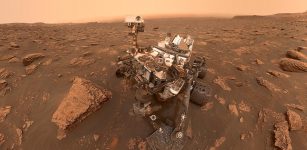 Curiosity Rover Temporarily Switched To Its Backup Computer
No Comments | Oct 6, 2018
Curiosity Rover Temporarily Switched To Its Backup Computer
No Comments | Oct 6, 2018 -
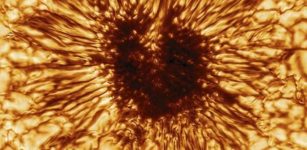 First Image Of A Sunspot – Released
No Comments | Dec 7, 2020
First Image Of A Sunspot – Released
No Comments | Dec 7, 2020 -
 Quest To Find ‘Missing’ Matter – Where Is It?
No Comments | Apr 23, 2018
Quest To Find ‘Missing’ Matter – Where Is It?
No Comments | Apr 23, 2018 -
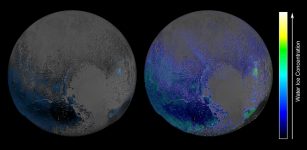 Pluto’s Surface Has A Surprising Amount Of Water Ice (Photo)
No Comments | Jan 31, 2016
Pluto’s Surface Has A Surprising Amount Of Water Ice (Photo)
No Comments | Jan 31, 2016 -
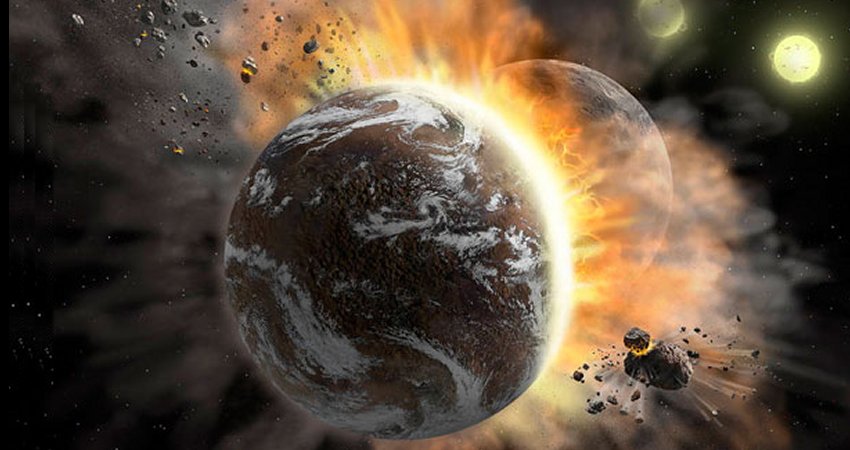 Largest Extraterrestrial Diamonds Found Inside Meteorites
No Comments | Oct 11, 2020
Largest Extraterrestrial Diamonds Found Inside Meteorites
No Comments | Oct 11, 2020 -
 Milky Way’s Central Black Hole Constantly Flickers And Flares With Light
No Comments | Feb 21, 2025
Milky Way’s Central Black Hole Constantly Flickers And Flares With Light
No Comments | Feb 21, 2025 -
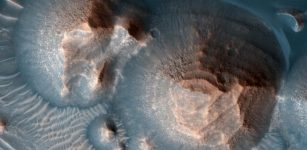 Thousands Of Massive, Ancient Volcanic Eruptions On Mars – Confirmed
No Comments | Sep 16, 2021
Thousands Of Massive, Ancient Volcanic Eruptions On Mars – Confirmed
No Comments | Sep 16, 2021 -
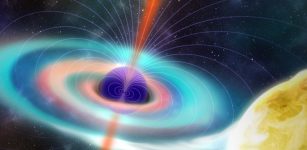 Magnetism Of Supermassive Black Holes Much Weaker Than Previously Thought, New Study Shows
No Comments | Dec 8, 2017
Magnetism Of Supermassive Black Holes Much Weaker Than Previously Thought, New Study Shows
No Comments | Dec 8, 2017 -
 Spectacular Galaxy NGC 1559 Featured By Hubble Space Telescope
No Comments | Sep 24, 2024
Spectacular Galaxy NGC 1559 Featured By Hubble Space Telescope
No Comments | Sep 24, 2024
